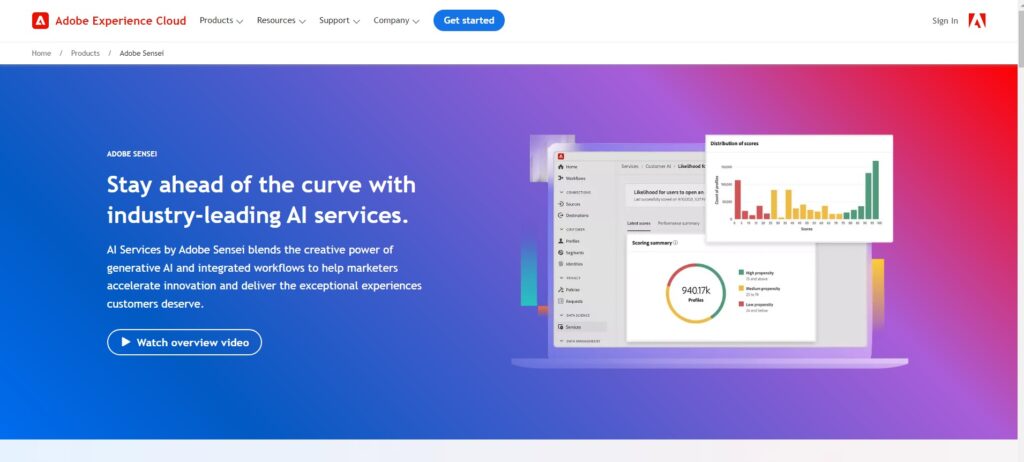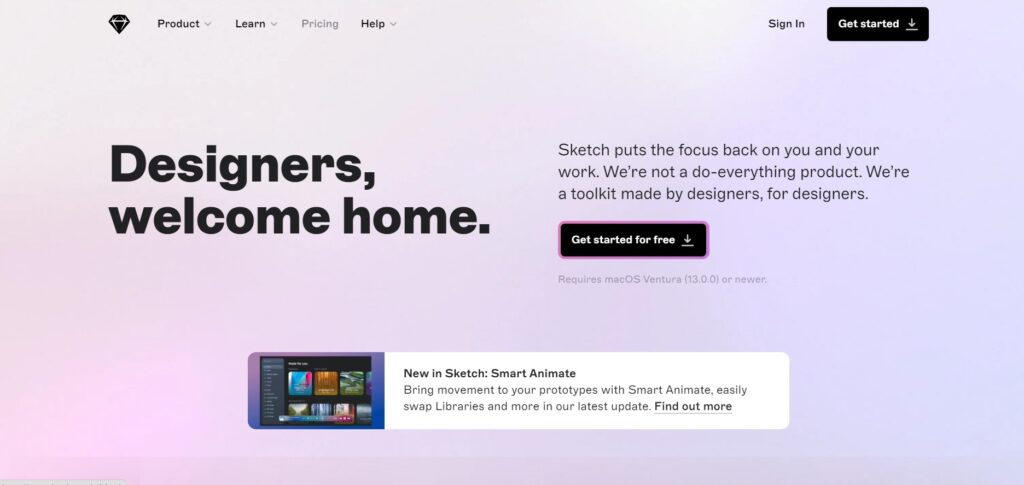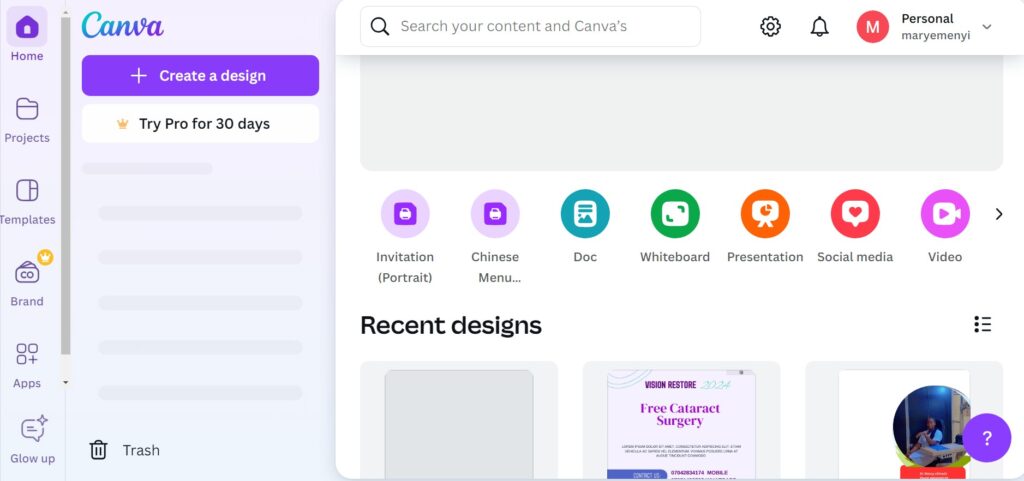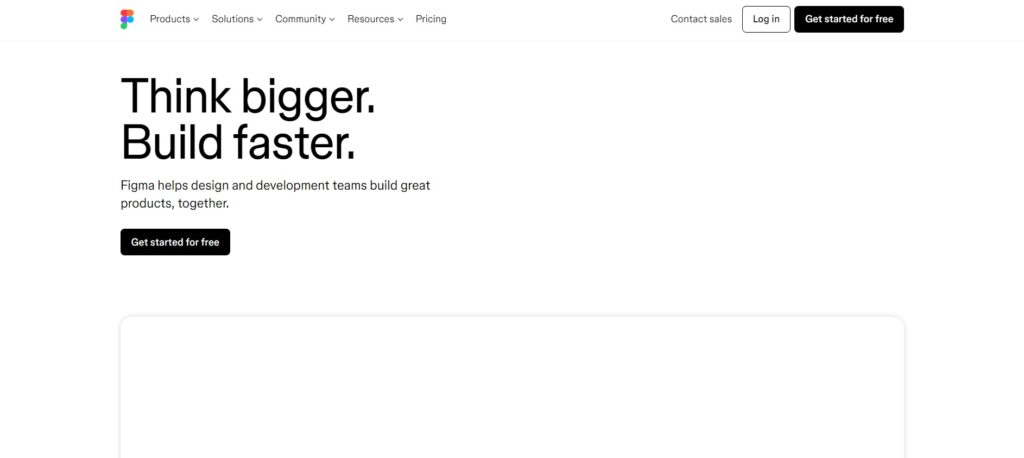AI product design
Best 7 AI Product Design tools
Artificial Intelligence (AI) is transforming the product design landscape, empowering us to develop innovative solutions more efficiently and effectively.
By harnessing AI technologies, we can enhance our creativity, improve user experiences, and streamline our workflows. In this article, I’ll share how AI is changing product design, along with some key tools and their applications that I find particularly useful.
AI in product design involves using artificial intelligence technologies and algorithms to enhance every stage of the design process, from ideation to prototyping and testing.
With AI, I can analyze user data, automate repetitive tasks, and even generate design concepts. This not only streamlines my workflow but also allows me to focus more on creativity and innovation.
Key AI Tools for Product Design
1. Adobe Sensei

Adobe Sensei is an AI and machine learning platform integrated into Adobe’s Creative Cloud applications. It enhances design workflows by automating repetitive tasks and providing intelligent recommendations.
Use Cases:
- Automating image editing and enhancement tasks.
- Providing smart tagging and search capabilities.
- Analyzing user interactions to optimize design elements.
2. Sketch

Sketch is a vector graphics editor widely used in UI/UX design. With the help of AI plugins, it can streamline design processes and improve collaboration.
Use Cases:
- Using AI plugins for automated layout adjustments.
- Integrating user feedback into design iterations.
- Enhancing collaborative features for team projects.
3. Canva

Canva is an online graphic design tool that leverages AI to simplify the design process. It offers a wide range of templates and design elements for various needs.
Use Cases:
- Generating design layouts based on user input.
- Providing design suggestions and templates for quick creation.
- Analyzing design performance metrics to improve future projects.
4. Fusion 360
Fusion 360 is a cloud-based 3D CAD, CAM, and CAE tool that integrates AI for product design and engineering. It is ideal for creating complex mechanical designs and prototypes.
Use Cases:
- Utilizing generative design features to explore innovative product shapes.
- Automating simulations for stress testing and performance analysis.
- Facilitating collaboration through cloud-based design sharing.
5. Figma

Figma is a web-based interface design tool that incorporates AI features to enhance design workflows and collaboration among teams.
Use Cases:
- Automating design component updates across projects.
- Utilizing AI-driven design feedback tools to improve user interfaces.
- Enabling real-time collaboration for teams working remotely.
6. Zyro
Zyro is an AI-powered website builder that simplifies the web design process with templates and AI-generated content suggestions.
Use Cases:
- Generating website layouts based on industry trends and user preferences.
- Offering AI tools for logo creation and brand identity development.
- Analyzing visitor behavior to optimize design for user engagement.
7. Designhill

Designhill is an online graphic design platform that leverages AI to connect businesses with designers and generate design ideas.
Use Cases:
- Crowdsourcing design concepts through design contests.
- Using AI tools to generate logos and marketing materials.
- Analyzing market trends to inform design strategies.
In Conclusion:
Embracing AI in product design is not just a trend—it’s a powerful shift that’s reshaping how we approach creativity and innovation. By integrating AI technologies, we’re able to streamline time-consuming tasks like data analysis, concept generation, and testing, which frees up more time to focus on the heart of design: creating meaningful, user-centered experiences.
AI’s ability to analyze vast amounts of user data allows us to make more informed design decisions, while automation takes care of repetitive tasks, increasing both speed and efficiency. What’s truly exciting is AI’s role in ideation—offering fresh perspectives, generating new concepts, and even predicting design trends based on evolving user preferences.
As AI continues to advance, its role in product design will only deepen, offering even more sophisticated tools and capabilities. Designers who adopt AI early on are positioning themselves to create groundbreaking solutions and stay competitive in an ever-evolving industry. The future of product design lies at the intersection of human creativity and machine intelligence, and those who leverage both will be the ones driving innovation forward.
Ultimately, AI is not here to replace the designer but to empower them, enabling us to push the boundaries of what’s possible. By embracing these technologies, we can enhance our creative potential and deliver more impactful, efficient, and user-focused designs. The possibilities are limitless, and as AI evolves, so too will the world of product design. Now is the time to explore these tools and see how they can transform the way we create.

















